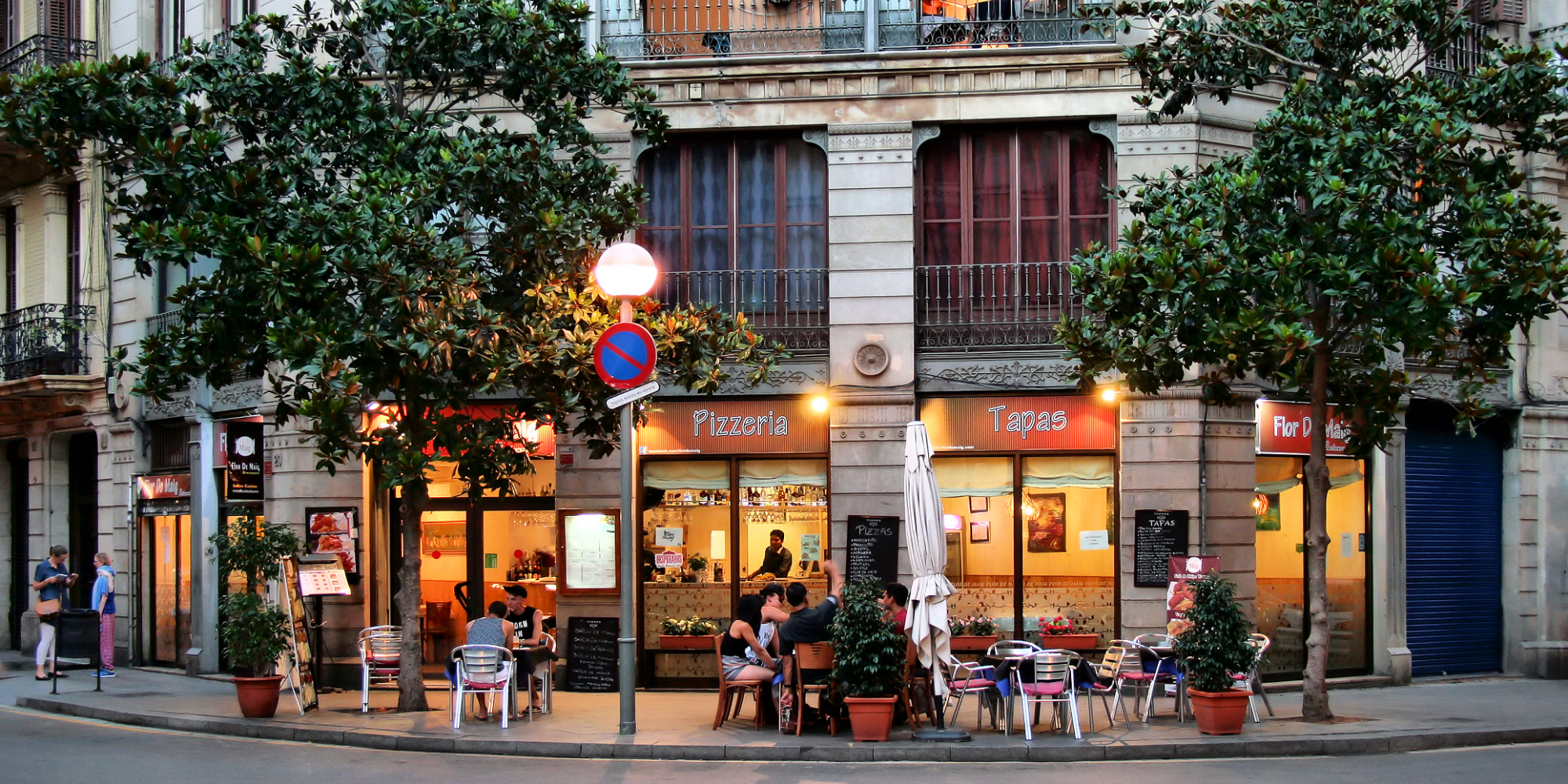Big Data, KDD and Citizen Participation to Ensure Coexistence between Economic Activity and Citizens’ Quality of Life
Grand Prize – Innovative Collaboration: Awarded for innovative collaboration between industry or technology and the arts (and the cultural and creative sectors in general) that open new pathways for innovation.
The project embodies a new way of making urban planning. Fueled by massive information (open data and big data) and complemented with qualitative data arising from citizen participation, the project applies novel methodologies of spatial analysis based on machine learning and artificial intelligence to inform, simulate, and draft a public policy that puts the focus on preserving liveability in cities.
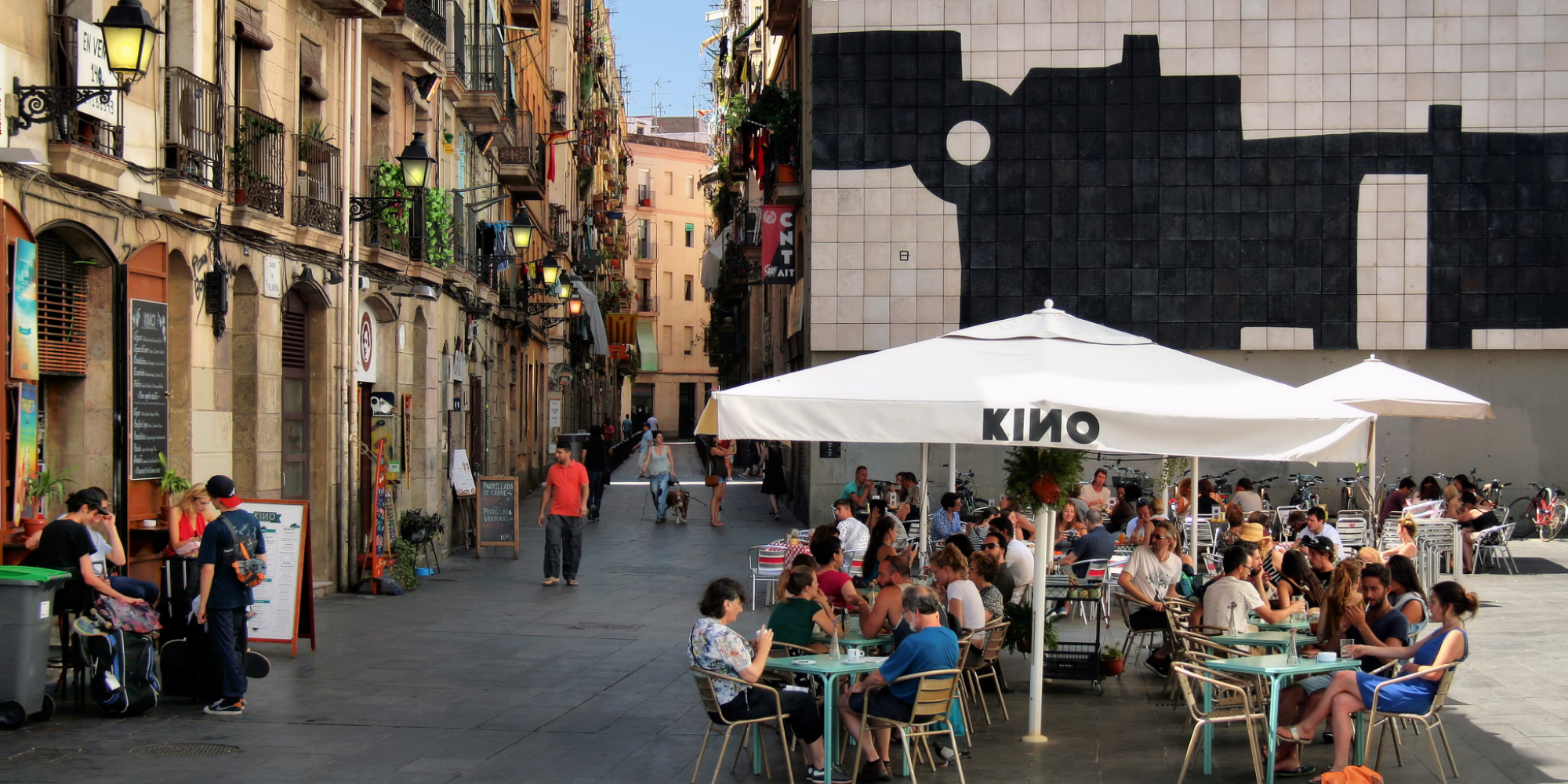
The use of technology has radically transformed an existing type of master plan which regulates public establishments, food shops, and tourist services in the central district of Barcelona. The area has a dense and vulnerable population living within a fragile urban morphology. At the same time, it has a high rate of economic activities—specializing in leisure—that generates negative impacts on the life quality of residents such as noise, cleanliness, people in public space, and increment of logistics.
Given the complexity of the urban context, the project has undergone 4 phases, each of them generating its own outcome: research (data driven diagnosis), co-creation (citizen participation), proposal (simulation tool), and approval (regulatory framework).
The research phase started in October 2016 with the drafting of four preliminary studies prior to the kick-off of the drafting process (April 2017) related to the description of the urban fabric (data atlas), the impact of nocturnal activities on health, and the tourist trends and their impact on local commerce.
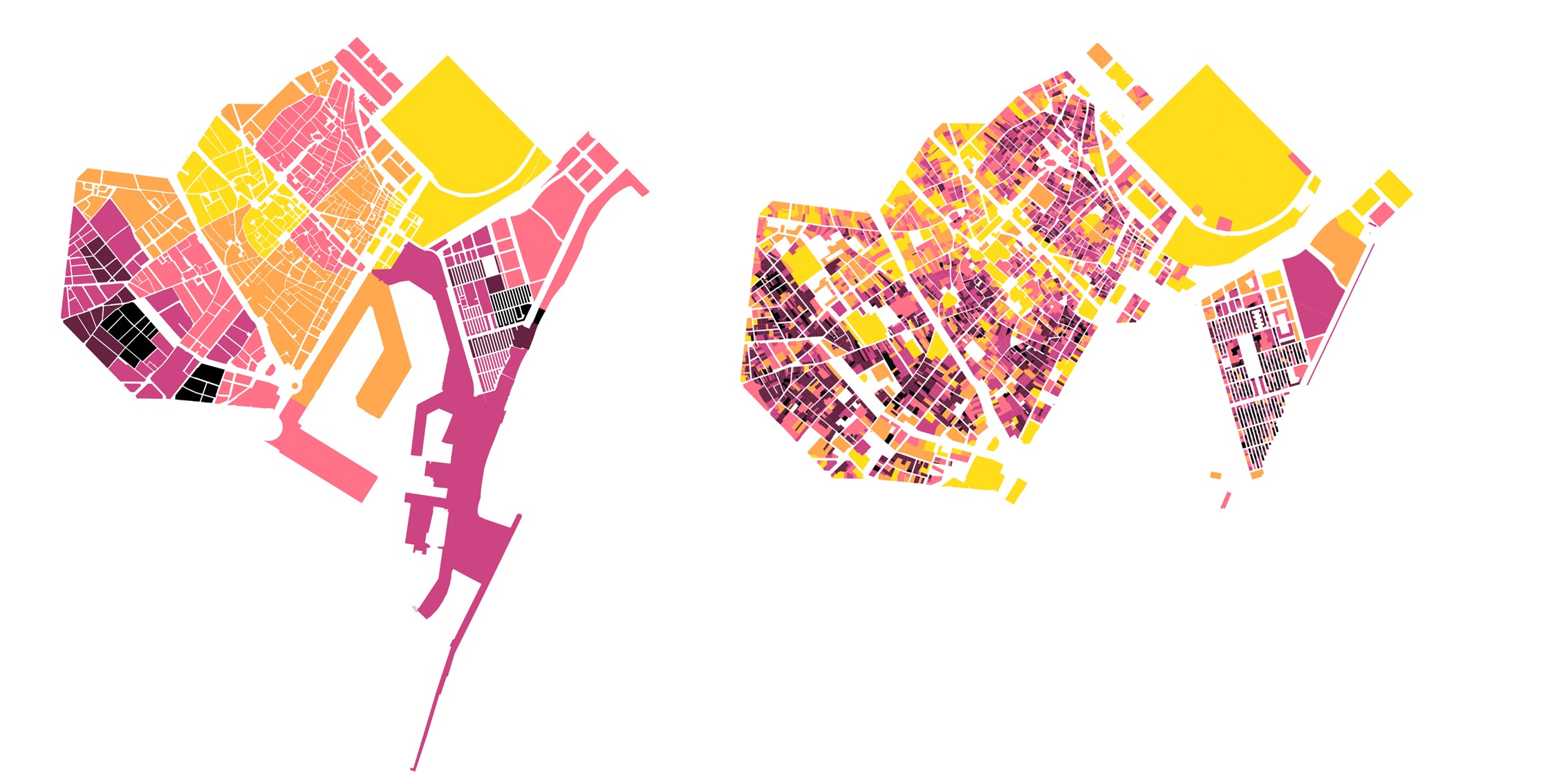
Specifically, the data atlas (consisting of more than 150 cartographies of the district) provides a solid structure to justify the Plan’s main objective—to preserve the quality of life in cities—thanks to the use of cutting-edge technologies (sensitization, machine learning, artificial intelligence) and European transparency laws that have made available relevant information about public management, urban services, and citizens’ behavior.
The data atlas not only illustrates and measures for the first time the physical and sociodemographic characteristics of the urban fabric, the type and saturation of economic activities, and the paths of citizens and visitors in the neighborhood but also describes the urban impacts on the health of inhabitants (caused by noise, pollution, or residential vulnerability).
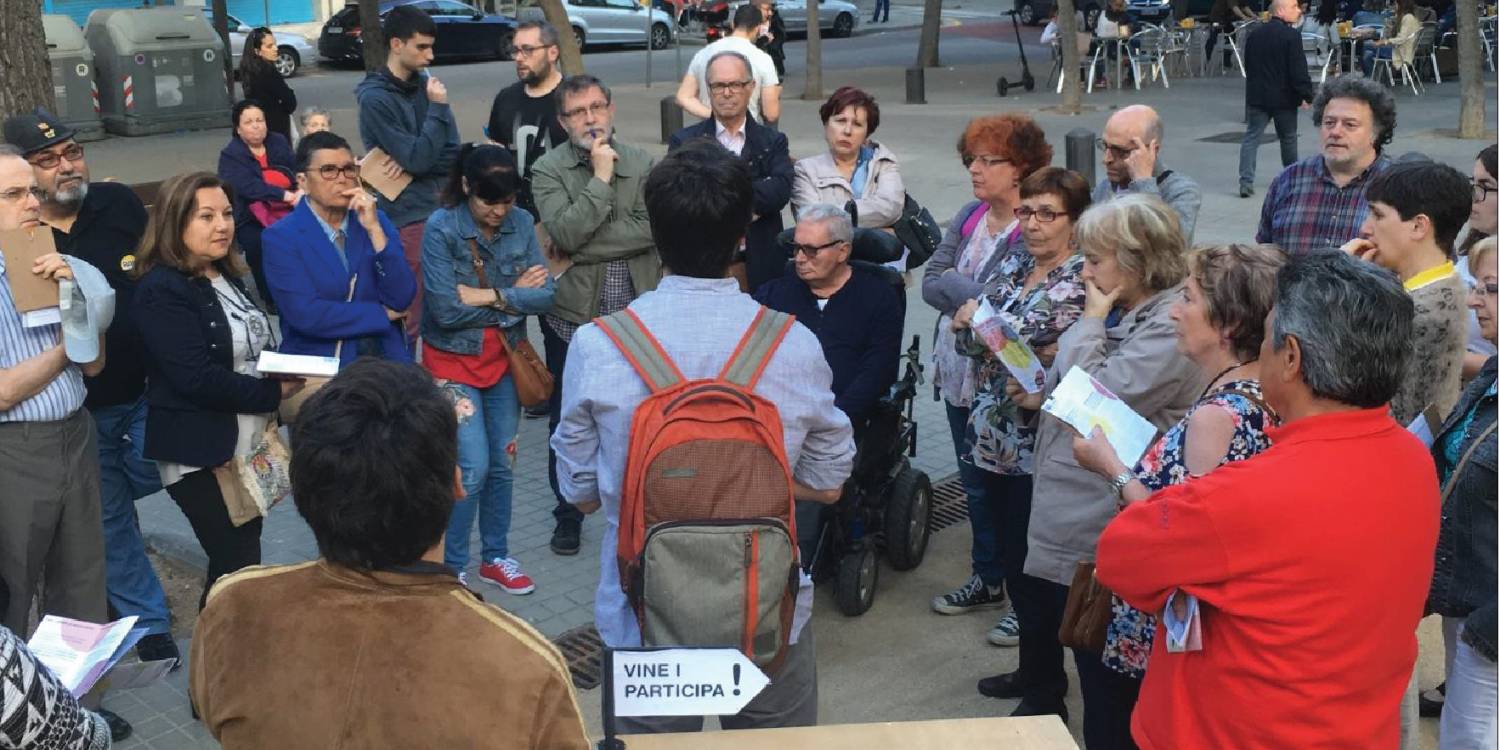
The co-creation phase, driven by technicians and the previous diagnosis, has forged a large consensus thanks to a participatory process (local entities, retailers, and neighbors worked together in workshops, public events, interviews with selected actors, and online participation through the City Council digital democracy platform Decidim.barcelona), and the political implication of the City Council, that co-authored the plan.
From the citizens’ perspective, they were involved in a massive data collection process, empowering them to build data sovereignty structures and participate in decision-making at a local level. On the public bodies side, the project proposes a system both to inform and evaluate urban planning and policies at a European level, supplying a common ground of knowledge that can be exchanged and compared between cities.
In parallel to the participation process, the proposal phase was based on a predictive model of economic activities aimed at measuring and anticipating different urban impacts like noise, police complaints, and social vulnerability, that led us develop a master plan with a strong parametric and dynamic component. Prior to the final approval, we created a software to simulate different scenarios according to the regulatory parameters and set the limit value in accordance to the plan objectives.
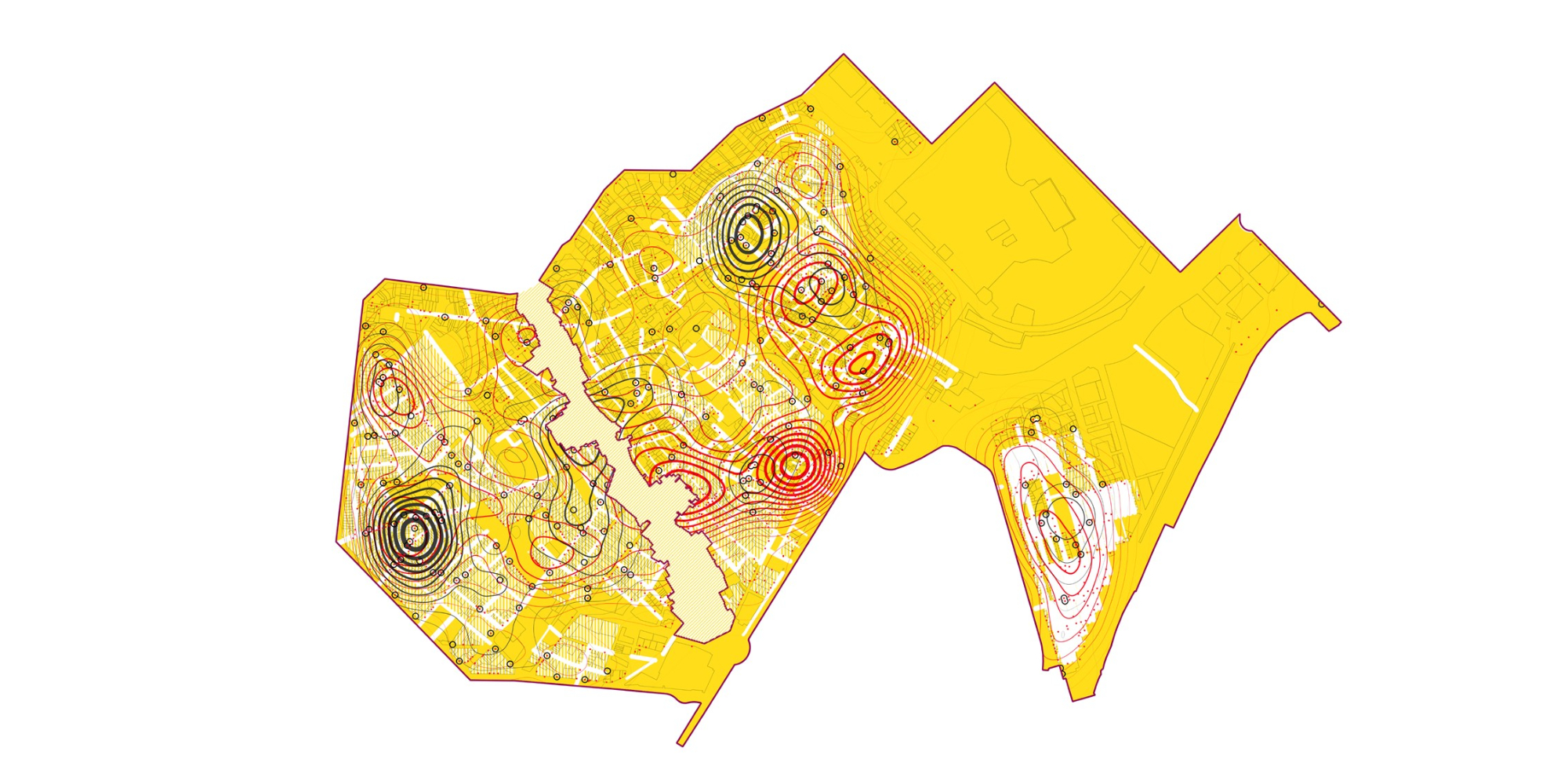
The plan was initially approved in September 2017, following a period of public information that led, after incorporating the feedback from different actors, to the final approval in February 2018. Today, the plan has been in force for almost a year. The city council is applying the master plan by means of a software, based on the regulatory parameters, that ensures transparency and makes the process of opening a business easier, faster, and trustable.
As a result of this two-year process, the project emphasizes the role of urban planning as an instrument to put the city as a common good over the free market. It proposes an innovative contribution by means of a real case study to European urban planning discipline and public policies framework regarding the regulation of economic activity under the Services Directive. In a growing urban world, we must ensure that European cities are able to guarantee the right to the city, i.e., citizens’ rights to health, work, shelter, and leisure but also that urban environments allow citizens to reach a full life in harmony with economic activity.
Credits
The team is comprised of urban planners, lawyers, political leaders, researchers, and citizen participation facilitators who together have an extensive expertise in developing data-driven diagnosis and urban planning, using technology, urbanism, and citizen engagement to build a more liveable city.
Primary authors of the Master Plan: Mar Santamaria and Pablo Martínez (300.000 Km/s)
Consultants: Graciela Chaia (lawyer), Carlota Casanova and Daniel Lorenzo (technical consultants).
Co-authors from Barcelona City Council: Gala Pin (city councilor); Jordi Rabassa, Santi Ibarra and Ferran Caymel (district councilors); Mònica Mateos (district manager); Josep Coll, Marc Pinedo and Ana Olalla (business licenses department); Yolanda Hernández, Tristan Llusà and Francesc Palau (lawyers); Barcelona City Council Planning Department.
Participatory process: Raons Públiques SCCL
Preliminary studies: Universitat Autònoma de Barcelona (under the direction of Francesc Muñoz), Barcelona Public Health Agency, TAE and 300.000 Km/s.
Jury Statement
In Jean-Luc Godard’s seminal 1965 film by the same name, “Alphaville” was a dystopian smart city that was optimized and consequently ruled by a central computer processor labelled “IBM.” And come the early days of the implementation (and eventual failure) of early versions of these technologies around the year 2000, smart cities were in fact presented as glitzier versions of Alphaville. In today’s updated version of Alphaville, we see Big Tech succeeding both technically and politically in applying technologies more familiar to us on our smartphones to entire city neighborhoods, namely the Toronto waterfront. Yet again as in *Alphaville*, a data-driven ecosystem is being erected in which the extent of citizens’ participation is restricted to the mere configuration of tools that were designed and developed by overlord-like companies. And given Godard’s grim vision of the data-driven city, it is no wonder that citizens across the globe today are worried by what this increasing integration of sensors and data-collection into our cities augurs for our collective futures.
300.000 Km/s represents a refreshing alternative path for smart city technologies. The Barcelona initiative wants to reverse the top down, Big Tech-led smart city approach by putting citizens first, and using arts, technology, and data science to unleash the potential of human-centered urban planning and innovation. It proposes an urban plan designed through a large-scale participatory democratic process that engages thousands of citizens via an online platform called decidim.barcelona. The objective is to then apply the learnings and insights gathered through this platform to tackle gentrification and find a balance between urban design interventions that serve tourists and the city’s other commercial and economic engines, and interventions that serve the day-to-day needs of local residents. Can the digital layer influence how urban planners grapple with questions of social justice and health such that our cities champion the common good over capitalist gains for the few? Can the arts, data science, and democratic participation revive social, ecological, and economic equities in our urban spaces? In grappling with these questions, this work shows us compelling news way to meld crowdsourcing and data analysis to erect a new collective infrastructure for a shared, prosperous, urban future.


